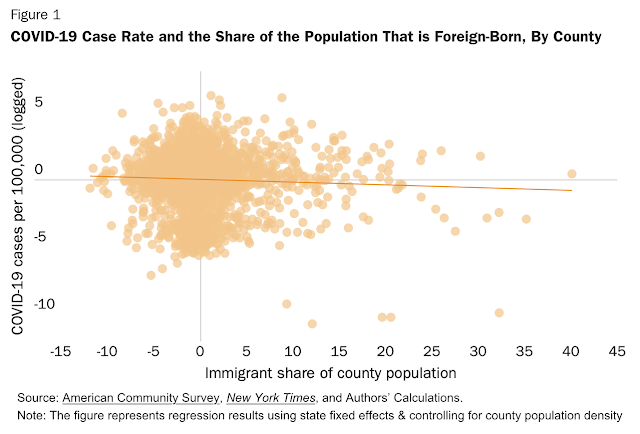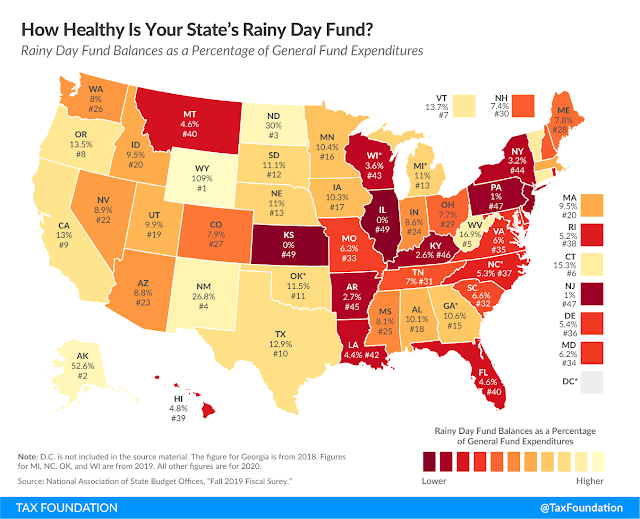Bad News
- There are still a lot of "known unknowns." Since this is a novel virus, there are still a lot of factors that scientists do not know about COVID-19. Will there be a vaccine or treatment? Will there be a second wave? Is it possible to contract COVID-19 if you have previously contracted it? What percent of a given population has already had COVID-19? What percent of people are asymptomatic? There is more data than we had last month, but we still do not definitely know the answer to some of these basic questions.
- We could likely have a second wave. Seasonality is still technically an unknown. But given how past pandemics have behaved, a second wave of COVID-19 is likely. Plus, we have seen second waves in such countries as Singapore and Japan. There is also the question of whether a second wave would be worse. The swine flu had its second wave in the fall. If the second wave for COVID-19 hit in the winter, it would likely be worse because it would coincide with flu season. There is also the matter of how relaxed social distancing matters are in determining whether a possible second wave would be worse.
- Immunity after infection? One of the key questions is whether immunity is developed after infection. On April 24, the World Health Organization said that there is no evidence that recovered COVID-19 patients are immune after recovered. This has not been confirmed in either direction. If reinfection is possible, it would mean that such policies as immunity passports and herd immunity would lose effectiveness. But based on other viruses, it is reasonable to assume there is at least some immunity developed after recovery.
- Will we have a vaccine? There are over 70 vaccines in development. Bill Gates has been pouring a lot of money into a vaccine, and thinks that a vaccine in 12 months is possible. Not everyone shares that optimism. Sir Patrick Vallance, who is the chief scientist in the U.K., said that a vaccine would be a long-shot, and even if it were successful, it would take time. Plus, we have to take into account that such coronaviruses as SARS and MERS do not have vaccines, along with HIV and even the common cold.
Mixed News
- Asymptomatic rate. The CDC director estimates that 25 percent of those with COVID-19 are symptomatic. Chinese data puts that figure at 20 percent. The randomized test from Iceland suggests that it could be as high as 50 percent. A high asymptomatic rate is a double-edged sword. On the one hand, it means that a significant amount of people who contract COVID-19 do not feel a thing. On the other hand, it makes it easier to spread COVID-19.
- Antibody tests and infection rates. Some people were worried that infection rates were too low. If they ended up being less than 5 percent (or even 1 percent), that would mean that we have only begun to feel the pain from COVID-19. Some antibody tests help give us a better perspective on infection rates. We have infection rates for Miami (4.4-7.9 percent), New York State (14 percent) and New York City (21 percent), Los Angeles County (2.8-5.6 percent), and Santa Clara County in California (2.5-4.2 percent). These amounts are 10 times higher than initially estimated [for New York] and up to 80 times higher [Santa Clara]. Some would argue that these latest figures are still too low. It theoretically could be since the ultimate infection rate is still a "known unknown." On the other hand, let's take a look at history. For the Spanish Flu (1918-1920), about one third were infected. For the swine flu (2009-2010), the infection rate was about 24 percent. If we use some past pandemics as a proxy, we're not there yet, but we're a lot closer than we initially thought.
- Still waiting on a treatment. Although there are over 160 potential treatments for COVID-19 being worked on, none of theme have yet to emerge as a treatment. The anti-malarial hydroxychloroquine, the drug that Trump touted, hasn't shown promise. The study (not yet peer-reviewed) from the Veterans Administration (VA) shows that it is ineffective (Maganoli et al., 2020). The drug remdesivir was supposed to be fruitful because it has helped with such past coronaviruses as SARS and MERS. While there have been some conflicting results, Dr. Anthony Fauci said that preliminary data results from Gilead Sciences released yesterday show "significant, positive improvement." The FDA plans on using an emergency use authorization to approve remdesivir for COVID-19 treatment. If remdesivir is successful, it could be a game-changer.
- Most COVID-19 patients have comorbidity. COVID-19 is understood to predominantly affect the elderly and the immunocompromised. In New York City, the average age of those who died from COVID-19 was 63 years. 94 percent of the COVID-19 patients had at least one underlying health condition (Richardson et al., 2020). This finding is confirmed by the Italian Health Ministry's statistics (Istituto Superiore di Sanità). They found that a) the average age of death for a COVID-19 patient was 78 years old, and b) over 98 percent had a pre-existing condition. For those more susceptible, this does not provide comfort. Conversely, this means it is not going to hit most of the population heavily, especially if the infection rate remains low (see below). Also, it means that we could have a more targeted isolation policy instead of keeping everyone in lockdown.
Good News
- The reproductive rate (R0) has been declining in multiple countries. R0 measures the rate of transmission of a given disease. In March, it was estimated somewhere between 2.0 and 3.5. For transmission to ultimately fade, R0 needs to be below 1.0. According to the London School of Hygiene and Tropical Medicine, the rates are declining.
- What is the average detection rate? This question is important because it tells us what percent of the population has already had COVID-19. The University of Göttingen estimates that it is at a global average of 9 percent (Bommer and Volmer, 2020).
- Fatality rate is relatively low. Without mass testing in multiple jurisdictions, it becomes difficult to know how deadly COVID-19 is. We know that confirmed cases skews the fatality rate upwards (vis-à-vis the crude fatality rate) because much of testing has been done for those exhibiting symptoms. There have been some preliminary studies using antibody tests to approximate infection fatality rate (IFR) that could give insight. Los Angeles County recently released findings that suggest that the IFR is 0.1 to 0.2 percent. Iceland shows a infection fatality rate of 0.2 percent, while a study coming from Germany shows the IFR at 0.4 percent. New York City's numbers are showing an infection fatality rate of 0.6 percent. In either case, this number is by far lower than the 3-plus-percent that the WHO had initially estimated.
- A study from a Stanford epidemiologist suggests that the death risk for those under 65 is the equivalent of driving 9 miles per day [for those in Germany] and 415 miles a day [for those in New York] (Ioannidis et al., 2020).
- Possibility of summer reprieve. The Department of Homeland Security reportedly found that heat and humidity could help kill COVID-19. This could potentially provide us a break. However, the study has not been released or peer-reviewed.
Postscript: Much of the panic caused in response to COVID-19 is the number of unknown factors. We don't know how bad this will end up being. We don't see an end in sight, and the barrage of bad news doesn't do any favors. On the other hand, as more data comes in, we do see glimmers of hope. The infection rate is higher than we thought, which means we're closer to the finish line. The fatality rate is nowhere near as high as the WHO projected earlier this year. While there is still considerable uncertainty with COVID-19, the picture is becoming clearer. It is my hope that we keep covering this topic so that people can replace panic with an accurate perspective.









